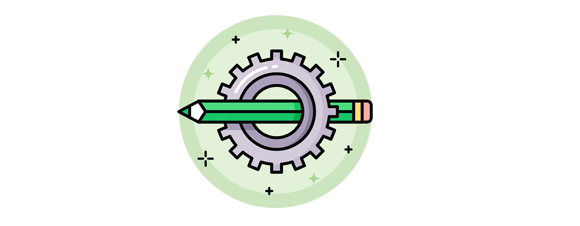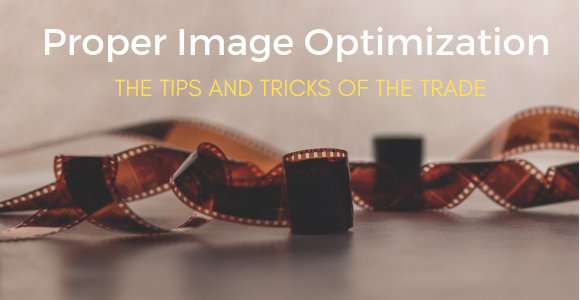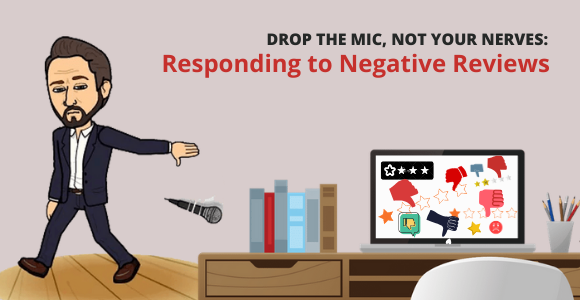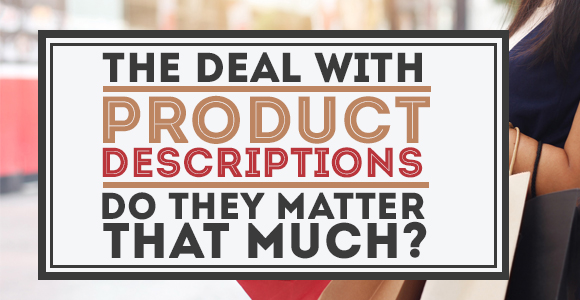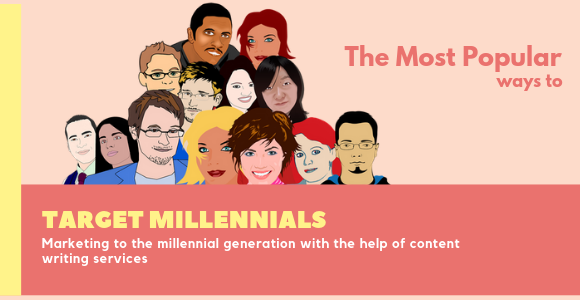After you have taken care of the content, it is time to move on to the next thing on your “must optimize” list. And that thing is images. The SEO umbrella can shelter you from the rain of competitors but only if you make the effort to open it. Today, I will be going back to the roots that any strong SEO campaign must have — image optimization, and I will answer the questions of How and Why. If your SEO copywriting service provider is not optimizing your images, you might want to consider finding a new one.
Let’s Begin With the Why
A picture is worth a thousand words. You’ve heard that before, I know. But when that image is in the right place on your website, it spares you the trouble of writing down those one thousand words which people might not have the patience to read. That is not to say kill all content on your platforms. That is to say, images help you make your copy more scannable, breathable (large chunks of text are so off-putting), and they allow you to say more using less by playing on people’s visual perceptions.
Above all, image optimization is yet another tasty meal which search engine bots love to feast on. Would you say no to greater chances of ranking better? I thought so.
What is more…
The right images inspire the right reaction in your audience and it makes them more prone to share your content with others, thus, building social proof and credibility of your brand. If you are a photographer or an online retailer, social buzz is an absolute must and a good SEO copywriting service is the way to get there.
The Tips and Tricks I Promised
#1. Use Page-Relevant Images Only
I wondered whether I should skip this one, but “better safe than sorry” and all that. The simple rule is that users are far more likely to look at your images and respond to them before they even begin reading your copy.
What you need to do: search for images that play on your audience’s emotional level, depending on the kind of response you are looking for. Do you want them to laugh or get melancholic? Bear in mind, breaching copyrights is punishable and to be avoided at all cost. Using images of your own is even better for SEO purposes.
#2. Choose The Right File Type
In other words, use the highest quality format possible
If there are two things search engines love, it is high-quality content and high resolution images.
- If you are an online retailer, JPEGs are your best bet as they provide the best quality and the smallest file size.
- GIFs are a no-go for large product images but they are perfect for more simplistic and decorative images and thumbnails.
- As for PNGs — their small file size makes them a good alternative to JPEGs and GIFs, but try using PNG-8 over PNG-24 for product photos.
#3. Beware of Big File Size
The simple equation is: large file size = low page speed = high bounce rate.
Your goal here is to satiate the impatience of users. Nearly 50% of people will exit your site if it takes longer than 3 seconds to load. This is why Google uses page load time as a ranking factor. Do your homework, shrink those file sizes, and you will have already beaten the competitors in your niche that aren’t investing in an SEO copywriting service that covers proper image optimization. File size is especially important for mobile devices and Google’s mobile-first index signals one thing for sure — that trend is not going anywhere.
#4. Capture Attention with The Right Captions
Just like URLs, captions are also crawled by search engines.
In other words, people using keywords associated with your caption will be able to find your page listed in the SERPs. Of course, images with misleading captions will have your bounce rate hit the roof. People are three times more likely to read the caption of an image rather than the body of the text. Gives you a whole other perspective, doesn’t it?
How can you find the right captions, you might ask?
Research how your clients are searching the products you are offering. Your website analytics is the place to find such info. Do they follow any naming patterns? Take those patterns and make them the backbone of your file naming strategy. If you are using external help with this, your SEO copywriting service provider should be able to detect those patterns.
For example, if you are running an online clothing store, instead of leaving the auto-generated “IMG900342.JPG” kind of name of your image (a floral dress, let’s say), go with something along the lines of “Short Floral Spring Dress.JPG.”
#5. Maximize Accessibility with Your Alt Texts
What is an alt text (alternative text, alt attributes)? It is the text alternative to images when a browser struggles to render (load) them. Alt texts are used for web accessibility and they add to your SEO, given you include relevant keywords in your alt attributes. Using alt texts for your e-commerce products is a must if you want them to show up in Google image web searches.
The source code of an alt attribute using the above-mentioned example will look like this:
<img src=”Short Floral Spring Dress.jpg” alt=”Short Floral Spring Dress”>
The Do’s and Dont’s of Alt Texts
- Use plain language just like with image file names.
- If the products you sell have serial numbers or model numbers, use them in your alt attributes. If you are using the service of SEO copywriting experts, relay this information to them.
- Don’t go crazy with keyword stuffing, e.g. alt=“floral dress buy now best price on sale cheap”.
- Alt attributes are not suitable for decorative images because search engines may penalize you for over optimization.
There are a few more tips I have to give but I’ll keep them for another time. You know, to keep it interesting. And by the way, photographers and online retailers are not all who stand to benefit from image optimization. Anyone can, and everyone should.
See you next time!
